Solar power is key to green building
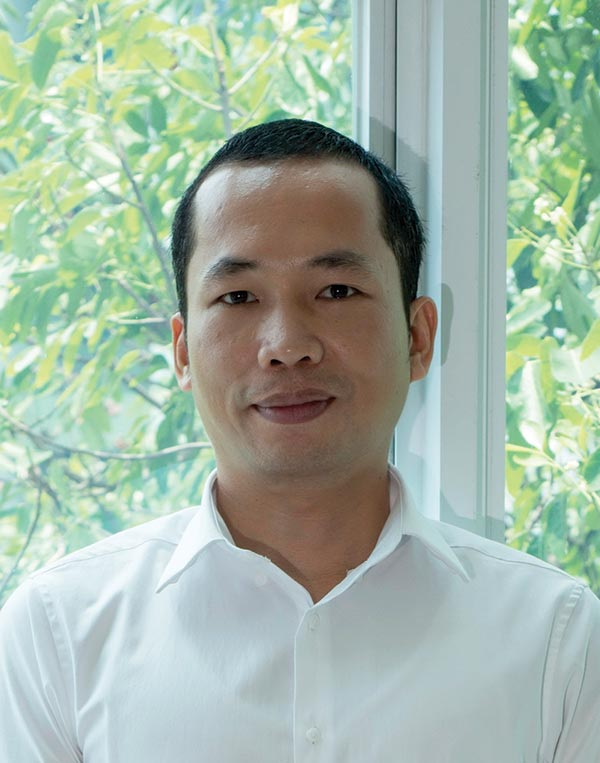 Compared to the rest of the developing world, where more than 1.3 billion people are living without electricity and many more live where the electrical grid service is unreliable, Vietnam seems to have achieved a more advanced status and “favourable” conditions with more than 98 per cent of Vietnamese households enjoying access to the national electrical grid and the unit price of electricity for private consumers standing at just 8 cents/kWh. The question is, is it sustainable?
Compared to the rest of the developing world, where more than 1.3 billion people are living without electricity and many more live where the electrical grid service is unreliable, Vietnam seems to have achieved a more advanced status and “favourable” conditions with more than 98 per cent of Vietnamese households enjoying access to the national electrical grid and the unit price of electricity for private consumers standing at just 8 cents/kWh. The question is, is it sustainable?
Over the last 20 years, Vietnam’s energy sector has undergone dramatic development in order to keep up with the pace of the socio-economic growth. However, forecasts clearly show that energy shortage is a looming problem on Vietnam’s horizon, with the country expected to become a net importer of energy around 2017. The nation’s fossil fuel sector is dependent on the import of non-renewable fuels, including petroleum. Pressure from Vietnamese industrial groups in the power sector who are not earning enough return on their investments is another key factor that makes price escalation a matter of ‘when’ and not ‘if’. As such, now more than ever there is a pressing need for alternative types of energy, especially renewable energies.
Renewable energies include sun, wind, flowing water, biomass, hydrogen gas, and geothermal heat. Solar energy is a particularly suitable choice for Vietnam, as the country enjoys abundant sunshine throughout most of the year. The intensity of solar radiation is relatively high, at 3.7 kWh/square metre/day in the north and 5.9 kWh/sqm/day in the south, with more than 2,000 sunshine hours per year. As such, favourable conditions are there for the renewable energy sector, with solar energy in particular standing out as an essential aspect of national energy security.
Solar energy is sustainable because it is limitless and has no impact on the global climate. In Vietnam, it can directly contribute to poverty alleviation by providing the energy needed for creating businesses and employment, providing electricity to schools, and eliminating the need to burn fossil fuels that release harmful particulates into the air and exacerbate health problems.
There is a direct connection between solar design, solar energy use, and green building standards. Buildings account for around 40 per cent energy consumption, 30 per cent CO2 emissions, as well as other environmental impacts. Green building standards are guidelines to enhance the environmental performance of buildings from its design stage, through to construction, and operation. Solar design and energy use are integral to this process. Examples include:
- ASHRAE Green Standard 189.1 requirements to be solar-ready;
- LEED® EAC2 On-Site Renewable Energy Credit,
- California’s 2010 Green Building Standards Code (CALGreen), and
- LOTUS V2 E-6: Renewable Energy and A-3: Heat Island Effect

Solar energy is vital to sustainable energy development
Modern buildings consist of active and passive elements that both contribute towards a building’s environmental performance. One active and cost-effective solar energy system which is currently ready to be implemented in Vietnam is a solar water heating system.
A solar water heater uses the sun’s warmth rather than electricity or gas to heat water for homes, hotels, and public buildings with no emissions produced in the process. For public buildings, solar water heaters are usually set up to serve as pre-heaters for a conventional water heaters to ensure there is hot water when the sun is not shining. A pioneer in this process is the La Thanh Hotel in Hanoi, which was one of the first buildings to meet the requirements of QCVN 09:2013/BXD – the National Technical Regulation on Energy Efficient Buildings. The hotel’s hot water system on the roof uses solar energy and a heat pump to reduce electricity consumption for hot water by 80 per cent. Using a heat pump and a 150sqm solar collector reduces the electricity consumption from 280 MWh/year to only 50 MWh/year.
Generating electricity with photovoltaic (PV) systems is another active solution. PV systems convert sunlight directly into electricity which feeds into the existing electrical system of buildings, and it does this without creating any air pollution or greenhouse gases. Exemplary projects include the Green One UN House in Hanoi, a project determined to lead the way in environmental performance that has achieved the LOTUS Gold certification by the Vietnam Green Building Council. In this building, PV panels have been installed to provide 89,000 kWh/year, or around 10 per cent of the building’s total electricity demand.
Active systems can provide additions to the supply, but passive design is the first step to making a structure energy efficient from the very beginning. Rather than being an attachment or supplement to an existing architectural design, it is an integrated process.
Design has to be seen as more than an exercise in aesthetics. Instead, it should be seen as a fundamental economic and business tool. At the heart of any environmentally sustainable building is a robust approach to passive solar design, which involves using the surrounding environment to ensure a comfortable indoor climate all year round. A passive solar design allows for cooler summers and warmer winters with the reflective properties and heat sinks contained within. Additionally, windows on the walls and ceiling produce a well-lit room during the daytime. Not only is this concept energy efficient; it also boosts mental well-being and cognitive functioning.
The building’s exterior surface area is another crucial consideration. Ideally, the edifice should be shaded in order to insulate it, thus minimising heat gain during the day and maximising heat loss at night. To achieve this, multiple layers of reflective foil are used to create a one-way heat valve effect that avoids bulk insulation.
Shading windows and generating electricity at the same time is also made possible through PV shading.
PV shading, of course, is particularly efficient on roofs. The roof represents a significant portion of the building’s envelope, or surface area, and is the part most exposed to the sun, and as such, it must be protected from excess heat gain. In a sub-standard roof structure consisting of 200mm thick reinforced concrete and 150mm thick mortar and baked brick, U value (overall heat transfer co-efficient – the lower the better for building insulation) can range from 2.6 to 3.2 W/m2.K which does not meet the requirement of QCVN 09:2013/BXD, where a U value of 1W/m2.K or less is required. While better insulation of roofs is a conventional option, there are many useful benefits of shading the roof with PV panels or solar collection devices which can act as a fly roof. This not only minimises heat gain during the day, it also minimises heat loss at night.
This roofing solution will also enable the reduction of the urban heat island effect, which is the envelope of hot air that hovers over cities due to heat reflective materials and the lack of vegetation that can result in cities being as much as 7 to 10 degrees warmer than suburban and rural areas.
For a country with abundant solar power such as Vietnam, solar energy is currently attracting inadequate attention from the government and users because it is still considered too expensive. However, this myopic attitude must change if businesses are to capitalise on this huge opportunity to save energy costs. Also, such solutions will provide a stable and sustainable energy supply for millions of people well into the future. Therefore, the government must set out policies that provide businesses investing in solar energy with privileges in order for the sector to be more profitable. Incentives must be given to foster the up-scaling of solar energy equipment production and use. In conjunction with this, standards and codes should be issued to help shape the market.
What the stars mean:
★ Poor ★ ★ Promising ★★★ Good ★★★★ Very good ★★★★★ Exceptional
Latest News
More News
- Phuc Khang Corporation focuses on green buildings and sustainable development (October 08, 2023 | 11:13)
- Task obvious for Vietnam’s green building development (October 02, 2023 | 14:57)
- Only world-class level can ensure truly green buildings (October 02, 2023 | 13:00)
- Frasers Property Vietnam receives LEED Gold certification for new commercial building (September 07, 2023 | 18:52)
- Vietnam ranks 28th worldwide in terms of green buildings (July 12, 2023 | 14:04)
- Everpia launch the first green building factory in Vietnam (July 11, 2023 | 13:45)
- Phuc Khang Corporation kicks off 'Green Study Tour' (June 19, 2023 | 10:10)
- Enhancing resistance of buildings to natural disasters (April 20, 2023 | 14:45)
- Sustainable architectural solutions for Vietnamese homes (April 20, 2023 | 10:01)
- Phuc Khang Corporation's CEO attains new green building accolades (January 09, 2023 | 07:15)



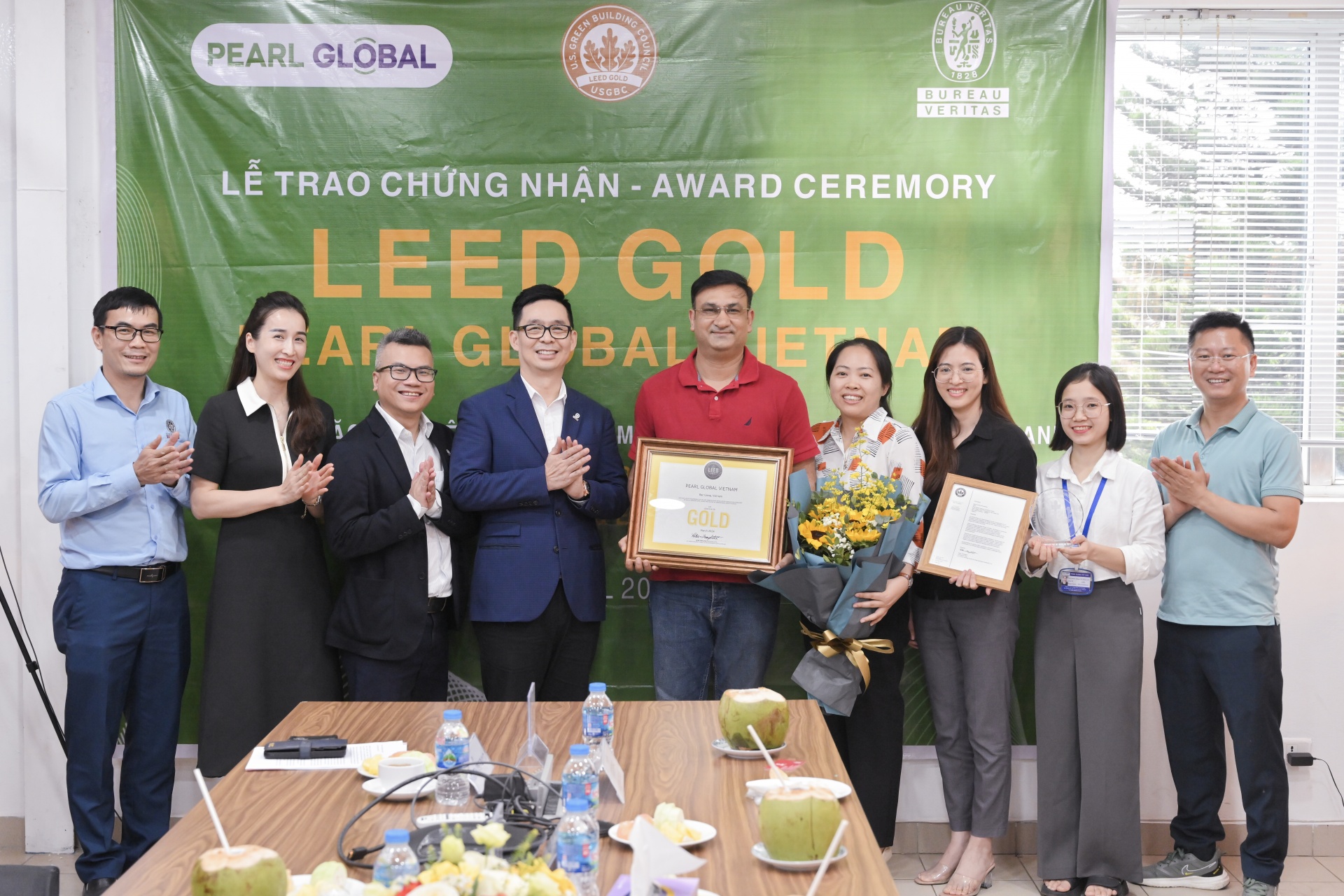
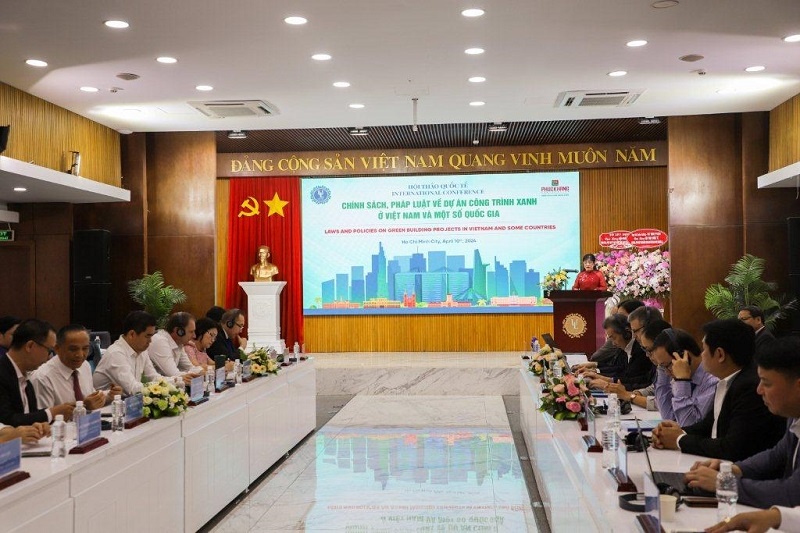
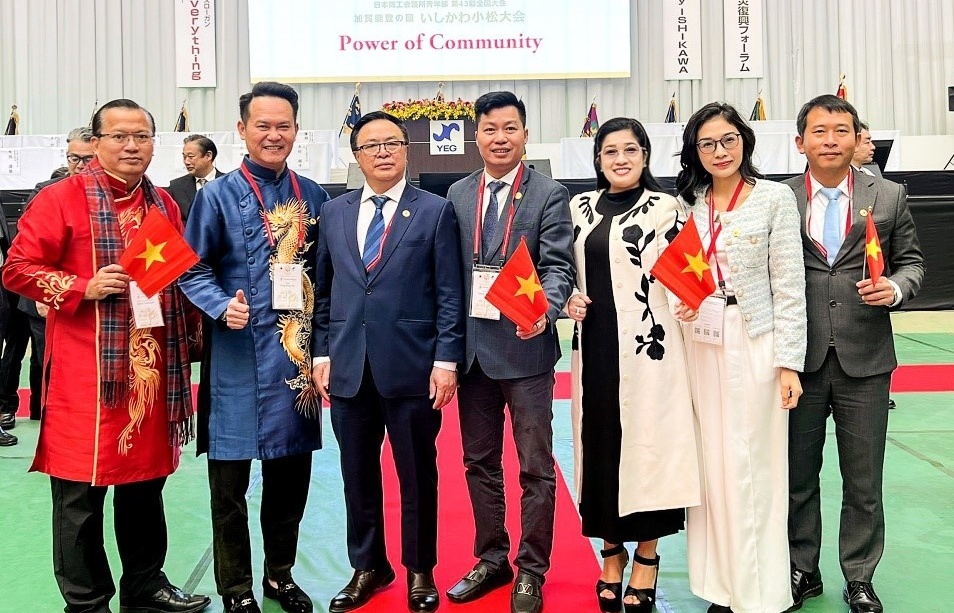

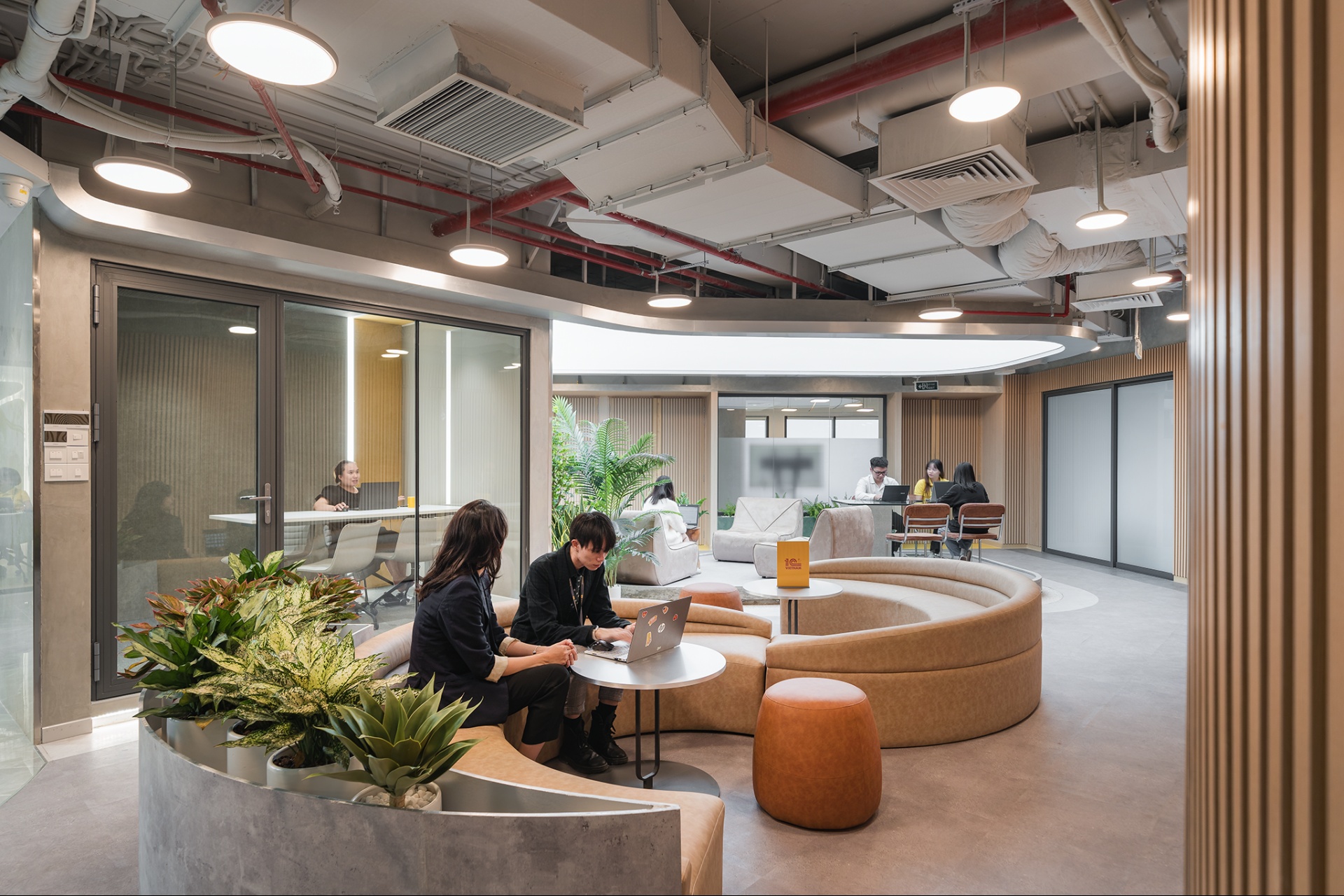
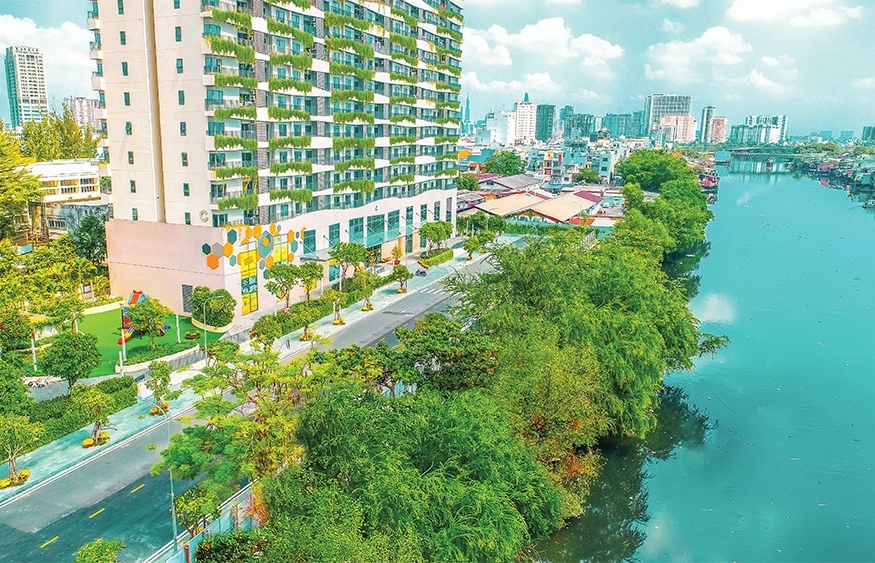




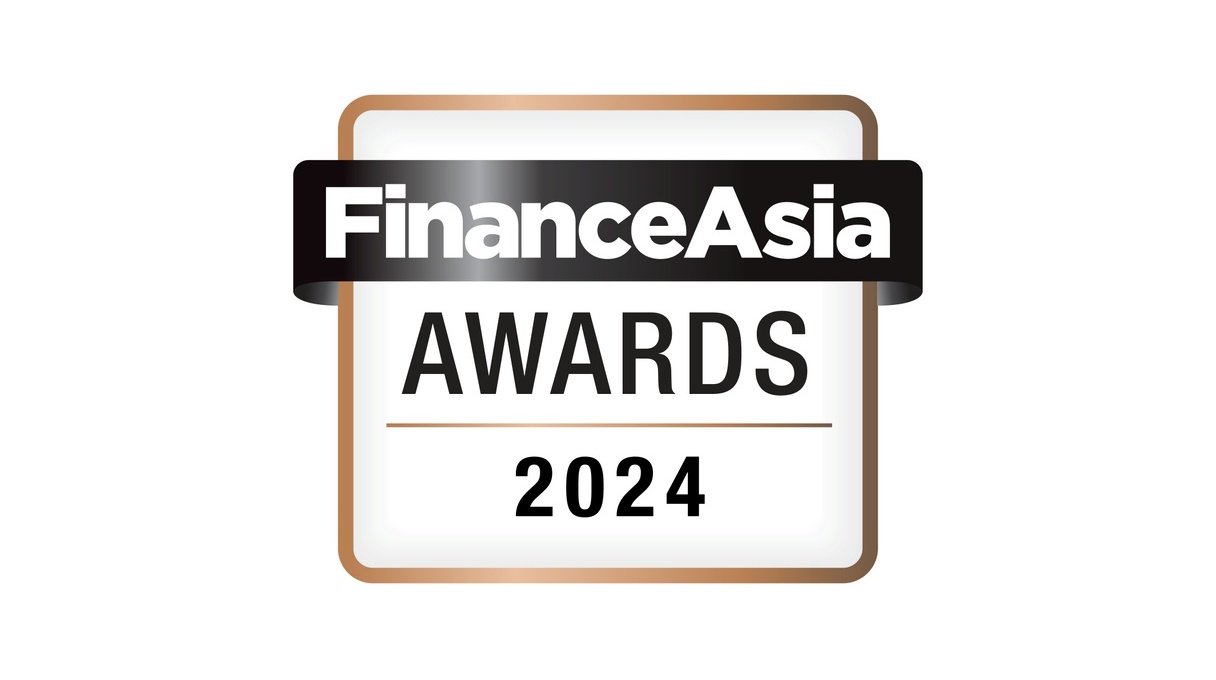




 Mobile Version
Mobile Version